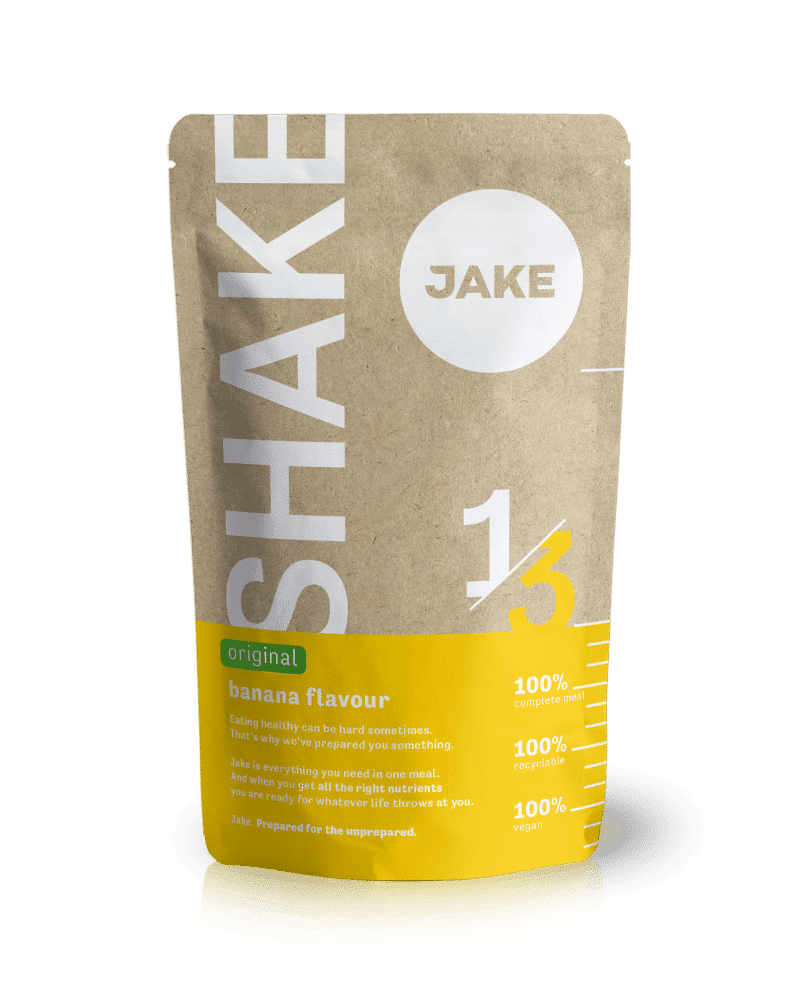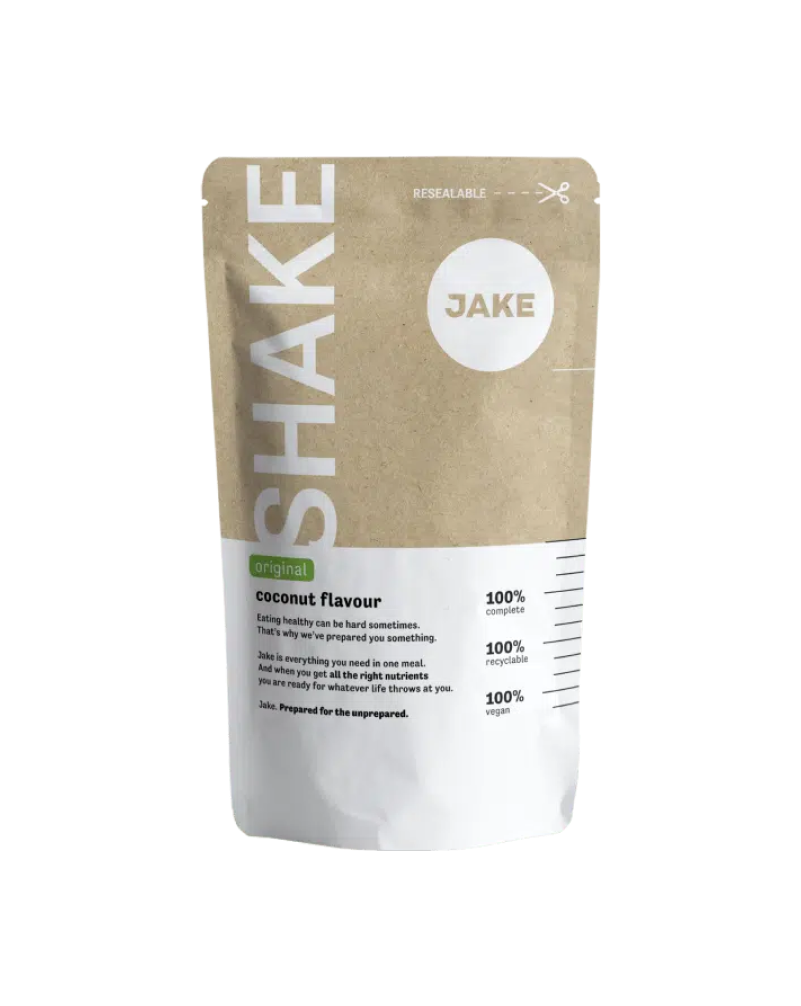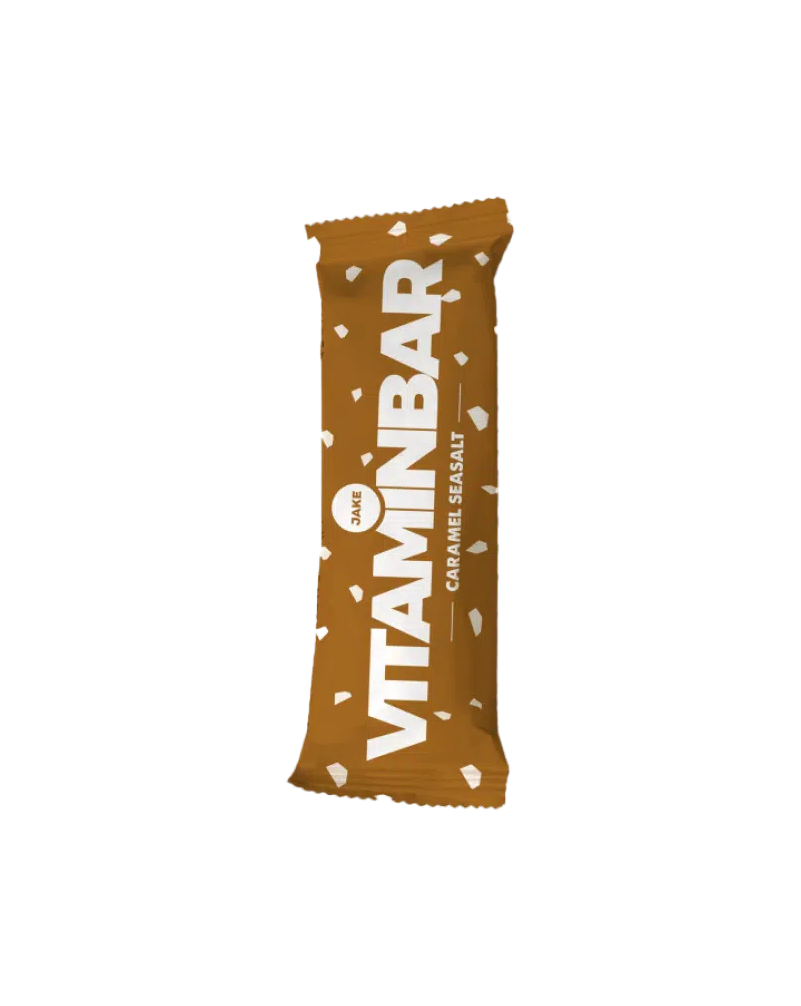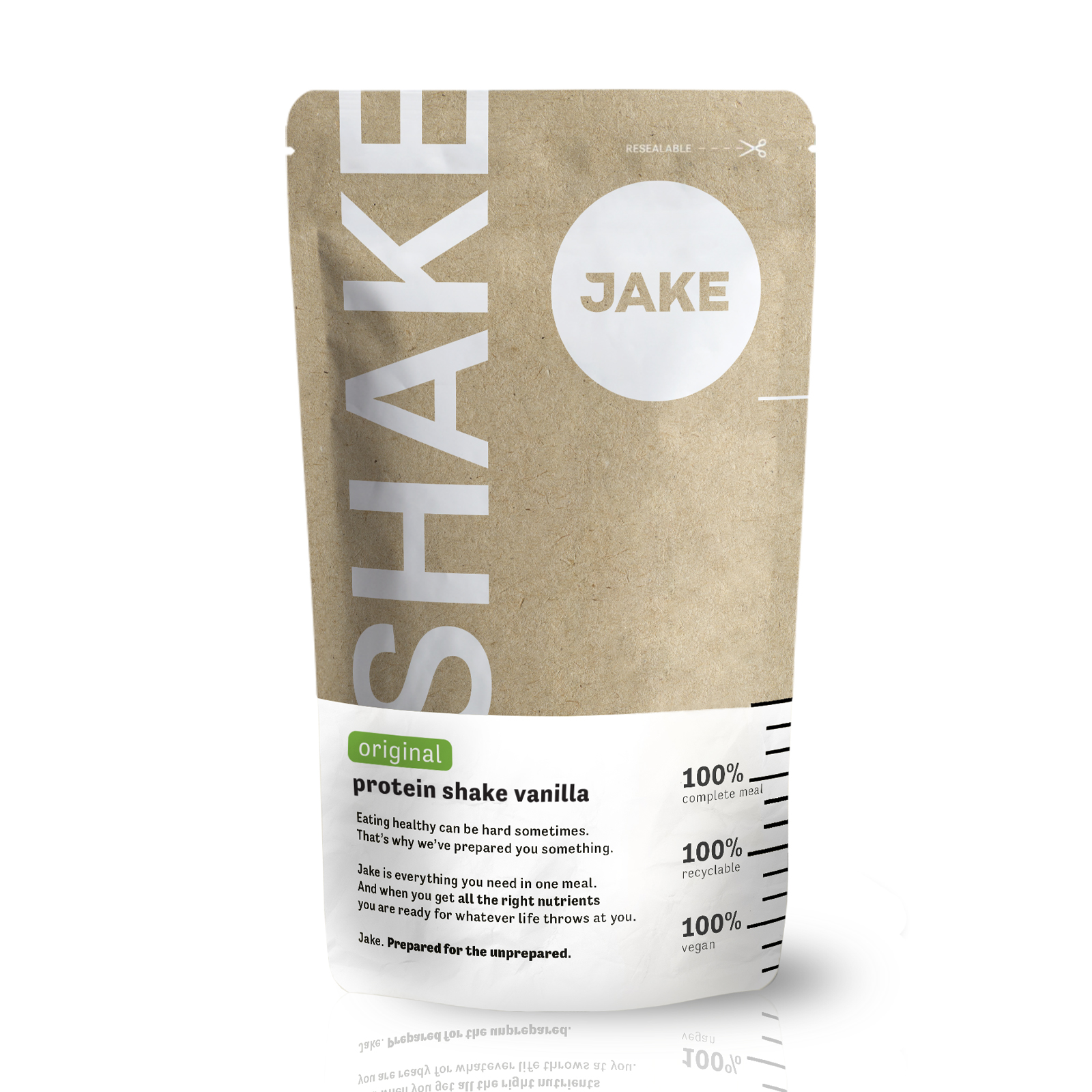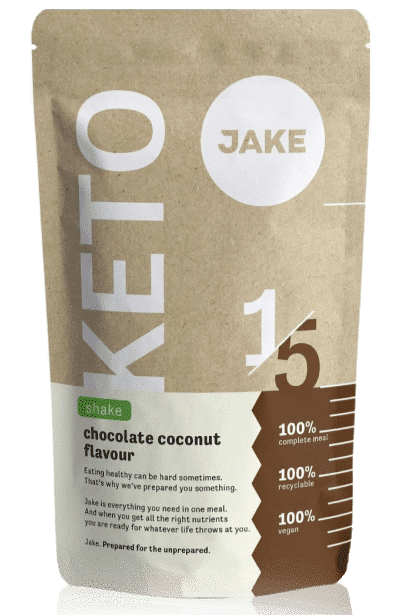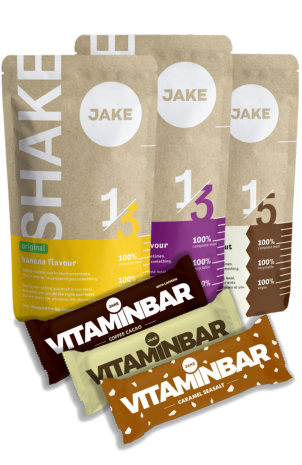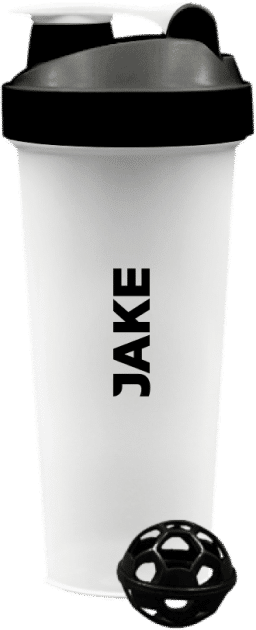4-minute read•February 7th, 2019
It’s not often talked about and you won’t find it on food packaging. Five years ago, a survey across the US showed that 15% of the general population was not aware of it. But if you want to have a healthy diet, choline should be in your mind and on your plate. Here’s what you need to know about it.

Short on time?
Best known for: Keeping your cells, brain and liver healthy.
Good sources: Meat, eggs, poultry, nuts, whole grains and seeds.
Adequate intake (AI): 400 mg/day for healthy adults; 480 mg/day for pregnant and 520 g/day for lactating women. The tolerable upper intake level (UL) is 3.5 g /day.
Good to know: Although it gets less popularity than folic acid, choline is equally important for the normal development of the baby. Choline supplementation during pregnancy can also help prevent neural tube defects, pre-eclampsia and premature birth.
What is choline?
Choline is sometimes referred to as vitamin B4. Although it shares structural and functional similarities with the B-complex vitamins, choline isn’t technically a vitamin, because your body can synthesise it. That’s also the reason choline started being seen as an essential nutrient only recently, in 1998, when it became clear that the amounts synthesised by our livers aren’t sufficient to meet our needs.
Functions of choline in your body
Choline is involved in several important functions in your body, including:
- Contributes to normal homocysteine metabolism
- Choline contributes to the maintenance of normal liver function
- Choline contributes to the maintenance of the structure of cell membranes
How much choline do you need?
For healthy adults, 400 mg choline/day is considered an adequate intake. During pregnancy and lactation, the body requires more choline – 480 mg/day and 520 mg/day, respectively.These amounts reflect the adequate intake (AI) established by the European Food Safety Authority (EFSA). It’s not difficult to meet the AI – a 100-gramme portion of beef liver already has you covered for the day.
Choline in foods
You can find choline in a variety of foods. Particularly rich sources are meat, poultry, dairy, eggs and fish. Other foods that can help you get your choline are beans, nuts, whole grains and seeds.
Here are some of the top sources of choline:
| Food | AI (%)* | Choline (mg) |
|---|---|---|
| Beef liver (85 g) | 89% | 356 |
| Egg, hard-boiled (1 whole) | 37% | 147 |
| Soybeans, roasted (100 g) | 27% | 107 |
| Mushrooms, shiitake, cooked (40 g) | 15% | 58 |
| Kidney beans, canned (90 g) | 11% | 45 |
* Based on the adequate intake (AI) established by EFSA for healthy adults (400 mg/day)
What if you’re not getting enough choline?
Choline deficiency is very rare and, in fact, in Europe there’ve been no reports of deficiency in the general population.
How much choline is too much?
High intakes of choline can cause a fishy body odour, low blood pressure and symptoms such as excessive sweating and salivation. Due to lack of sufficient data, the EFSA hasn’t established a tolerable upper intake level (UL) for choline. The UL set by the US Institute of Medicine is 3.5 g choline/day. Consuming this much choline from food would be very difficult. However, if you’re taking a lot of supplements, it’s possible to reach that level of intake.
Take-aways
These are the things worth remembering about choline:
- It’s an essential nutrient. Even though your body can make some, it’s not sufficient to meet your needs and you need to get choline from your diet.
- Pure choline deficiency is rare.
Afraid to miss out on essential nutrients your body needs? You can always take our Jake meal replacement shakes or one of our delicious meal replacement bars.
